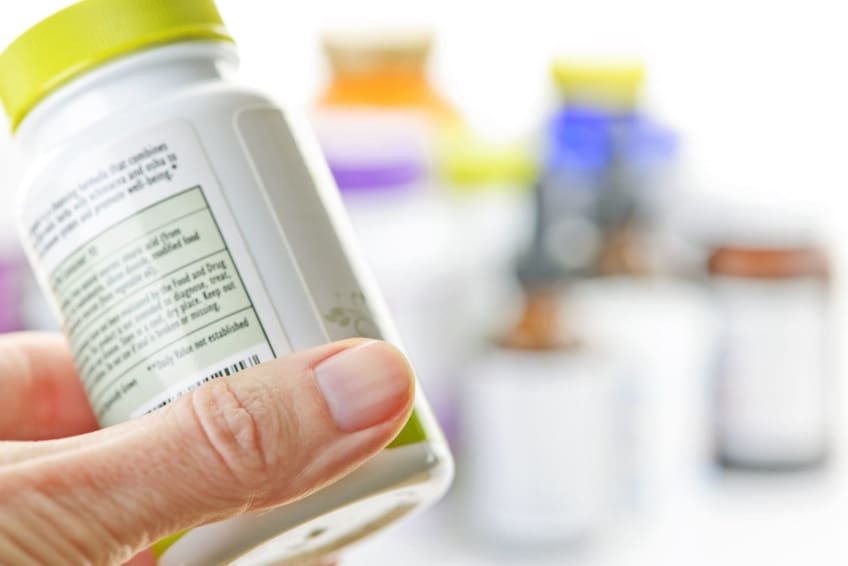
Over-the-counter (OTC) medicines are drugs you can buy without a doctor’s prescription. Examples include pain relievers, allergy medicines, and cough and cold medicines. Vitamins and supplements also are sold over the counter. You can typically find these medicines near the pharmacy in your local grocery stores and drug stores.
Each OTC medicine has a drug facts label printed on the package. This label gives you important information. It tells you what the medicine does, how to take it safely, and who shouldn’t take it. You always should read the label before buying or using the medicine.
Path to improved health
Below is a step-by-step guide to reading an OTC drug facts label. There are several sections of information on the label. Each medicine should list the same types of information in the same order.
Below is a step-by-step guide to reading an OTC drug facts label. There are several sections of information on the label. Each medicine should list these same types of information in the same order:
- Active ingredient. The active ingredient is the chemical compound in the medicine that works to relieve symptoms. It is the first item listed on the label. There may be more than 1 active ingredient in a product.
- Uses. This refers to reasons you should use the medicine. The label often lists the symptoms the medicine is meant to treat. Sometimes this section is called Indications.
- Warnings. This safety information tells you the possible side effects of the medicine. It lists certain medicines, foods, or situations to avoid while taking this medicine. For instance, you may need to avoid drinking alcohol or driving a car. Warnings also tell you if you should talk to a doctor before you take the medicine. Make sure you talk to your doctor if you have any concerns about taking an OTC medication with any other medications you routinely take.
- Directions. This section tells you how much medicine to take and how often you should take it. The amount and frequency can vary for children and adults. For liquid medicines, make sure you use the correct measuring device, such as a measuring spoon, syringe, or cup.
- Other information. Other important information, such as how to store the medicine, is listed here.
- Inactive ingredients. An inactive ingredient is anything in the medicine that isn’t meant to treat a symptom. This can include preservatives, binding agents, and food coloring. This section is important for people who have allergies to food coloring or other chemicals.
- Questions or comments. All OTC medicines include a toll-free phone number for the manufacturer. You can call this if you have any questions or want to share your comments about the medicine.
Things to consider
Do not take an OTC medicine if it is not meant to treat your symptoms. Also, do not take more OTC medicine than the label indicates. Taking too much or too little medicine can cause the medicine to be less effective.
When to see the doctor
You may still have questions about an OTC medicine after reading the drug facts label. Talk to a pharmacist or doctor, who can provide more information. If you are pregnant or have a health condition, they can tell you if an OTC medicine is safe to take.
Stop taking an OTC medicine if you have any type of reaction. Contact your doctor right away to get help. Call 911 if you are having trouble breathing.
Questions to ask your doctor
- How do I know if I need to take an OTC medicine?
- Does a drug facts label warn me of drug-drug or drug-food interactions?
- Am I taking any prescription medicine that would interfere with OTC medicines?
- Is there any reason why I should alter the directions listed on the drug facts label?
- I am pregnant. What types of OTC medicine are safe for me to take?
![]()
Copyright © American Academy of Family Physicians
This information provides a general overview and may not apply to everyone. Talk to your family doctor to find out if this information applies to you and to get more information on this subject.







